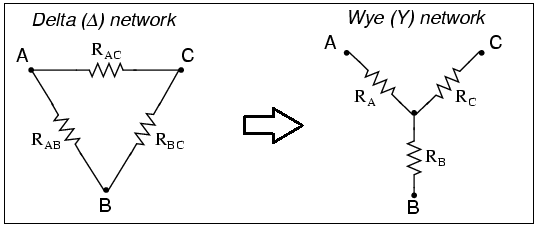Please send q 15?
2 Answers
The answer is
Explanation:

Apply the
That is
and
Therefore,
Solving for
Explanation:
Ratio of
#"R"_1/"R"_2 = "20 Ω"/"50 Ω" = 2/5#
Ratio of
#"R"_3/"R"_4 = "4 Ω"/"10 Ω" = 2/5#
As the ratio is same in both the cases it’s a balanced Wheatstone bridge. Therefore,
Circuit now:
In series, resistances are added. So the circuit now is
Let
#"Current" ∝ 1/"Resistance" color(white)(...)[∵ "V = constant"]#
∴ Current passing through


